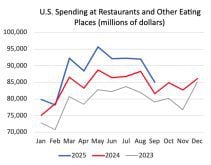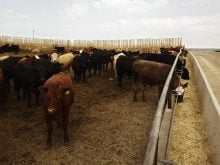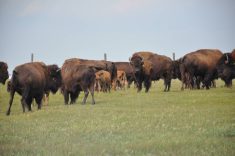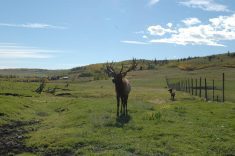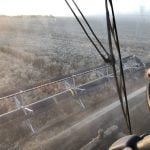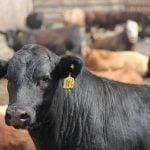There are at least 220,000 fewer beef cattle on Saskatchewan farms than there were a year ago.
That number underscores what industry leaders have been saying for months but couldn’t quantify.
“I don’t think this was a surprise to us,” said agriculture minister Bob Bjornerud after the Statistics Canada Jan. 1 livestock estimate was released.
While Canada’s beef herd is down 5.6 percent, Saskatchewan has lost eight percent, the second biggest loss next to Ontario’s 14.5 percent. Alberta declined 3.3 percent and Manitoba dropped 6.1 percent.
Together, the four provinces account for 89 percent of the national herd. Ontario posted its lowest inventory number since 1940.
Read Also
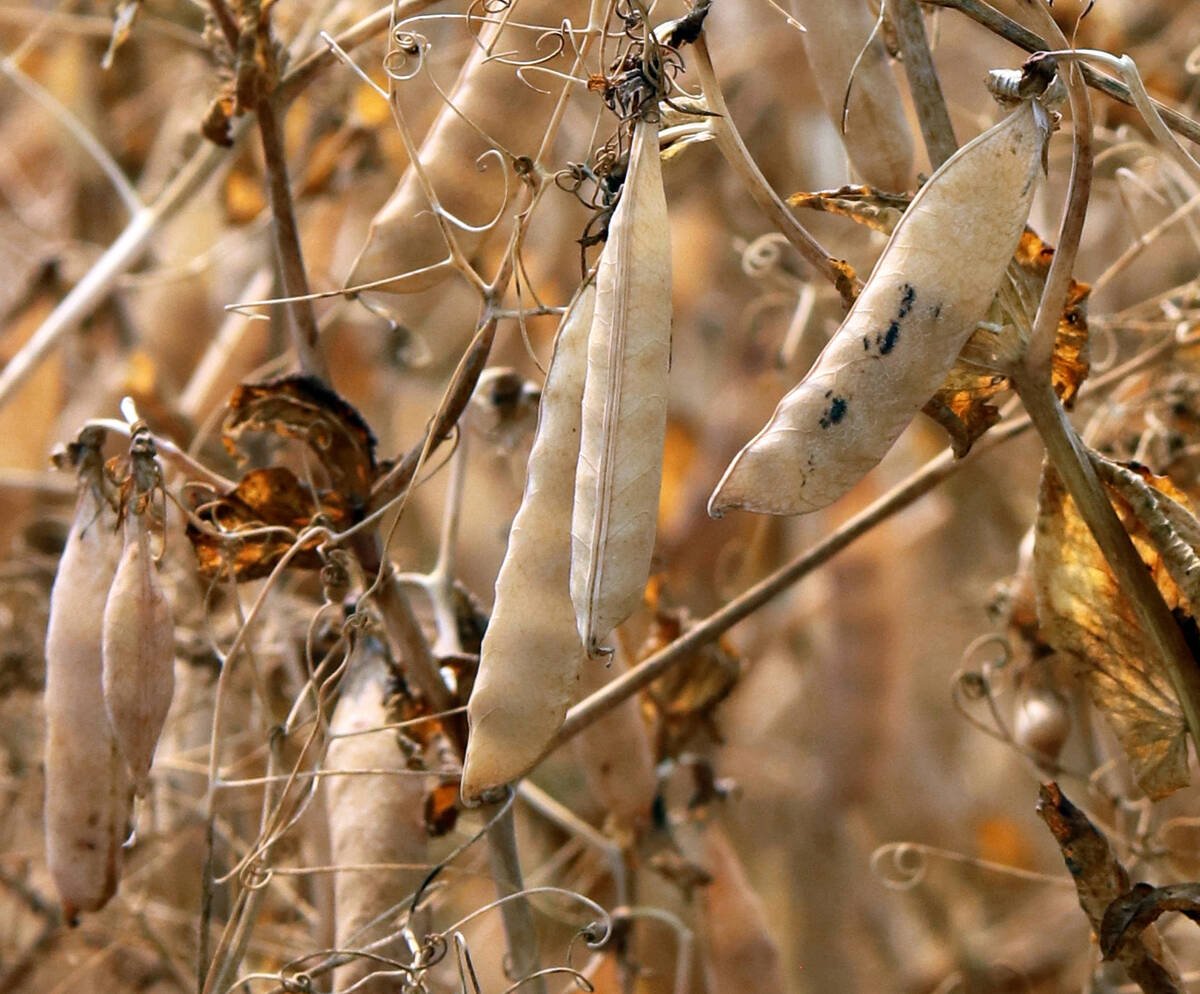
Trump’s tariffs take their toll on U.S. producers
U.S. farmers say Trump’s tariffs have been devastating for growers in that country.
The total Saskatchewan herd sits at 2.65 million, including 29,000 dairy cows.
Statistics Canada said Saskatchewan producers are carrying 90,000 fewer cows and 21,000 fewer replacement heifers.
Jack Hextall, president of the Saskatchewan Cattlemen’s Association, said he thinks the cattle population has dropped even more than that.
His evidence is 237,000 cows slaughtered as of November and Canfax numbers that say heifer retention is 12 percent lower than normal.
“From what everybody’s telling us, that number has to be more,” he said.
He said a lot of cows went through the bred cow auction ring in late fall and went to slaughter in January and February.
“They’re still being listed as retained but they actually went to slaughter,” Hextall said.
Bull numbers in the province are up 1,500, prompting some to wonder where they will be used.
Overall, the Canadian herd is back to pre-BSE levels. But Hextall said market access is still nowhere near the same as it was then.
Producers could still fill those markets with the smaller herd, he added, particularly because there has been a shift in demand from higher end cuts to more grinds.
While the herd could expand again, finding the producers to raise the animals is another matter.
Statistics Canada said 86,250 farm operations reported beef cows down 3.8 percent from a year ago.
Saskatchewan has lost 3.6 percent of its producers. Bjornerud said some of those people might have retired, while younger producers are looking at higher paying jobs.
The minister also said that at some point supply and demand has to kick in and result in better prices.
“That’s certainly what the market is supposed to do,” said Hextall.
But it hasn’t happened yet.




